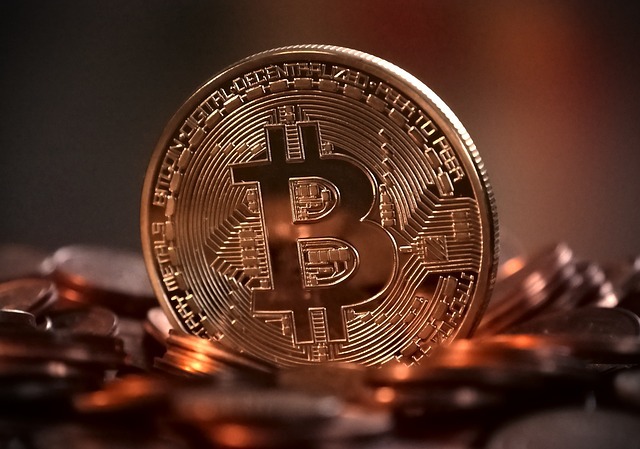
- Bitcoin’s halving, occurring every four years, slashes miner rewards and reduces Bitcoin’s inflation rate, signaling its robust monetary policy and scarcity.
- Historical data suggests each halving precedes significant price increases, fueling speculation that the latest event could spark a similar rally amidst growing institutional adoption and macroeconomic uncertainty.
In the dynamic realm of cryptocurrencies, few events command as much attention and potential impact as Bitcoin’s (CRYPTO: BTC) halving. On April 19, Bitcoin experienced its fourth halving, marking a pivotal moment in its journey.
While past performance doesn’t always predict future results, a closer examination of the halving reveals Bitcoin’s resilience and its potential for significant price appreciation.
Reducing Supply to Ignite Demand
Occurring roughly every four years, or 210,000 blocks added to the blockchain, the halving reduces the payouts awarded to miners for solving blocks, a process known as proof of work.
As this is the primary means for new Bitcoins to enter circulation, the cut to miner rewards effectively slashes Bitcoin’s inflation rate. With the fourth halving now passed, Bitcoin’s inflation rate stands at a measly 0.85%, making it less inflationary than gold. This process of reducing its inflation rate will continue until 2140, when the last Bitcoin is scheduled to be mined, and underpins its robust monetary policy, which prioritizes scarcity and finiteness.
Historical Context: The Halving Effect
Historical data suggests that each halving event has been followed by a significant price increase. The first halving in 2012 saw Bitcoin’s price surge from around $11 to over $1,000 within a year. The second halving in 2016 preceded a bull run that propelled Bitcoin to its all-time high of nearly $20,000 in 2017. The third halving in 2020 was no different, with Bitcoin experiencing a substantial rally in the months following the event.
Will History Repeat Itself?
While past performance is not indicative of future results, many analysts and investors believe that the latest halving will spark a similar rally. The combination of reduced supply and increasing demand, driven by growing institutional adoption and mainstream acceptance, could propel Bitcoin to new heights.
Moreover, macroeconomic factors such as inflation concerns, currency devaluation, and geopolitical instability are driving interest in Bitcoin as a hedge against traditional financial risks. Institutions and high-net-worth individuals are increasingly allocating a portion of their portfolios to Bitcoin as a store of value and a hedge against economic uncertainty.
The Bitcoin halving is a fundamental event that underscores the cryptocurrency’s scarcity and its potential as a hedge against inflation. While the exact impact on price remains uncertain, historical data and current market trends suggest that the halving could indeed spark a significant rally. As Bitcoin continues to gain mainstream acceptance and adoption, its role as a digital store of value is likely to strengthen, further fueling its upward trajectory. Investors would be wise to monitor developments closely and consider Bitcoin’s halving as a potential catalyst for a bullish market.




